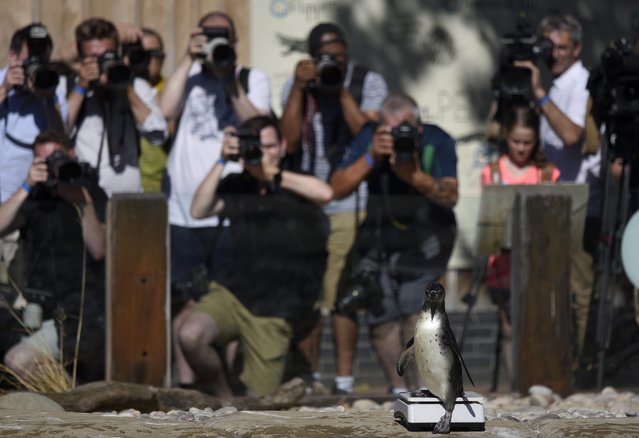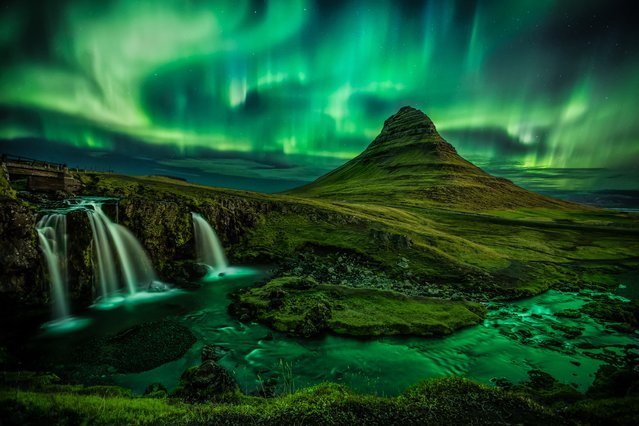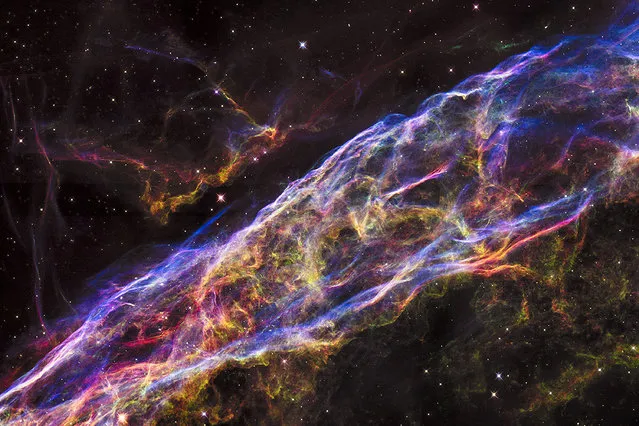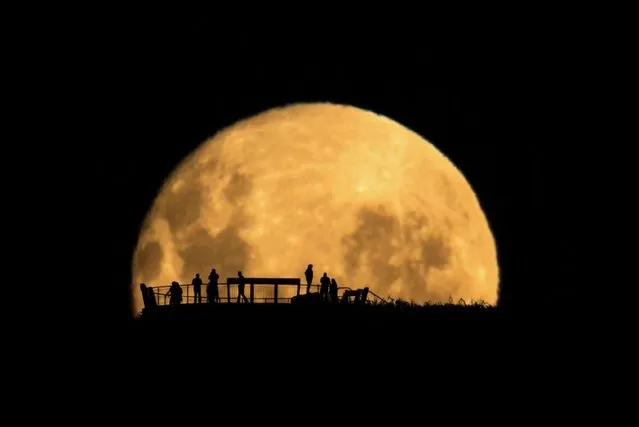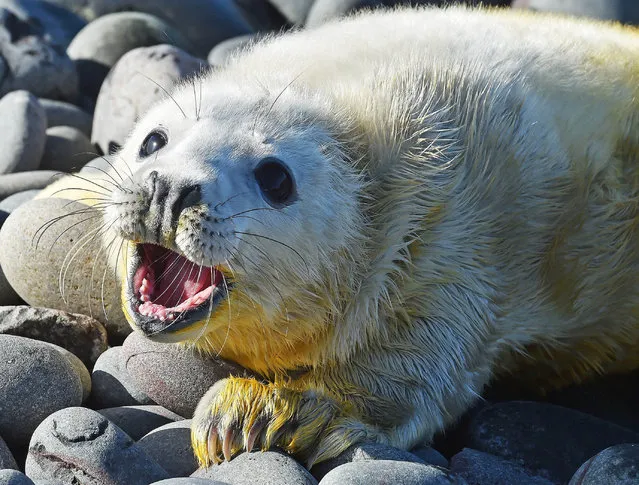
In this Thursday, March 17, 2016 photo, 33-year-old Palestinian clown doctor Alaa Miqdad, left, entertains 3-year-old patient Yaqin Shawaf, who suffers from dialysis, in the department of kidney diseases at Al-Rantisi children's hospital in Gaza City. (Photo by Adel Hana/AP Photo)
24 Mar 2016 11:52:00,post received
0 comments

